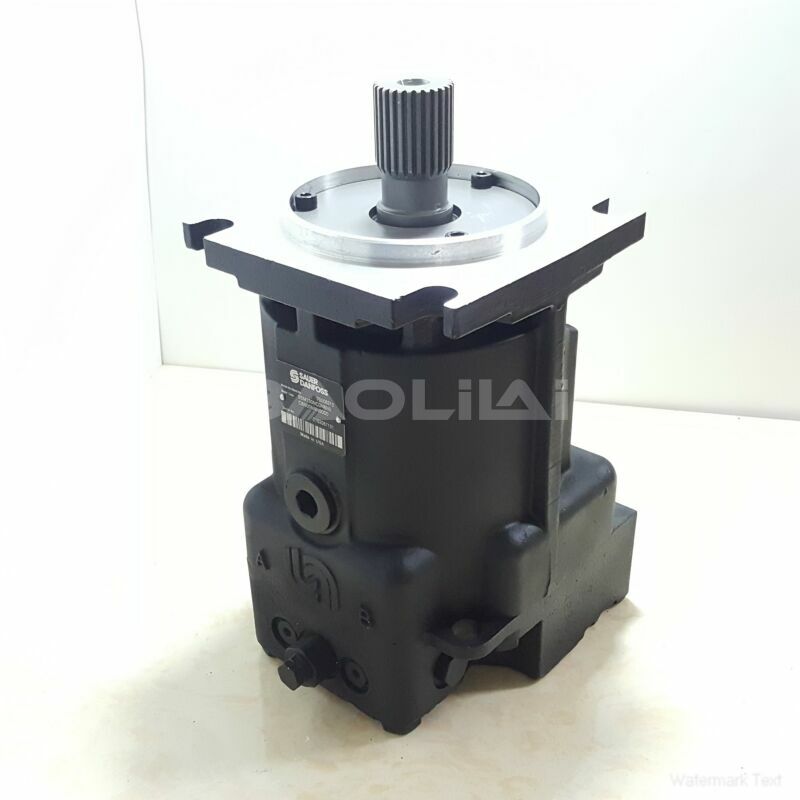90M100NC0N8N0K3W00NNN0000E6 danfoss motor
90M100NC0N8N0K3W00NNN0000E6 danfoss motor

- Product Details
- Applicable Scene
Hydraulic systems are the backbone of a wide range of industrial and mechanical applications. They rely on hydraulic fluid to transmit power smoothly and efficiently. However, the presence of contaminants in this fluid can significantly impact the performance of hydraulic motors, leading to decreased efficiency, increased wear, and potential system failures. Understanding the implications of hydraulic fluid contamination is essential for maintaining optimal motor performance and ensuring the longevity of hydraulic systems.
90-M-100-NC-0-N-8-N-0-K3-W-00-NNN-00-00-E6
90M100NC0N8N0K3W00NNN0000E6
Contaminants in hydraulic fluid can originate from various sources, such as rust, dirt, metal shavings, water, and even degradation products from the fluid itself. When these contaminants enter the hydraulic system, they create several problems. One of the most immediate effects is the increase in viscosity of the hydraulic fluid. Contaminants can cause the fluid to thicken, which increases resistance in the system and requires more energy to operate the motor. This additional energy expenditure directly impacts the efficiency of the motor, making it less effective at converting hydraulic energy into mechanical power.

83051265
Moreover, contaminated hydraulic fluid can lead to increased wear and tear on motor components. Particles in the fluid can scratch and pit critical surfaces, reducing the performance of pumps, valves, and motors. This wear not only decreases the operational efficiency of these components but may also lead to premature failures that necessitate costly repairs or replacements. When components are damaged, the system must work harder to maintain performance levels, further decreasing efficiency and increasing energy costs.
Another critical aspect of hydraulic fluid contamination is the potential for thermal issues. Contaminants can alter the heat transfer characteristics of the hydraulic fluid, leading to overheating. Over time, high temperatures can degrade the fluid and the materials used in the hydraulic system, resulting in a vicious cycle of inefficiency and breakdown. Additionally, the presence of water in the hydraulic fluid can promote rust and corrosion, exacerbating the wear on metal components and compounding the efficiency losses.





